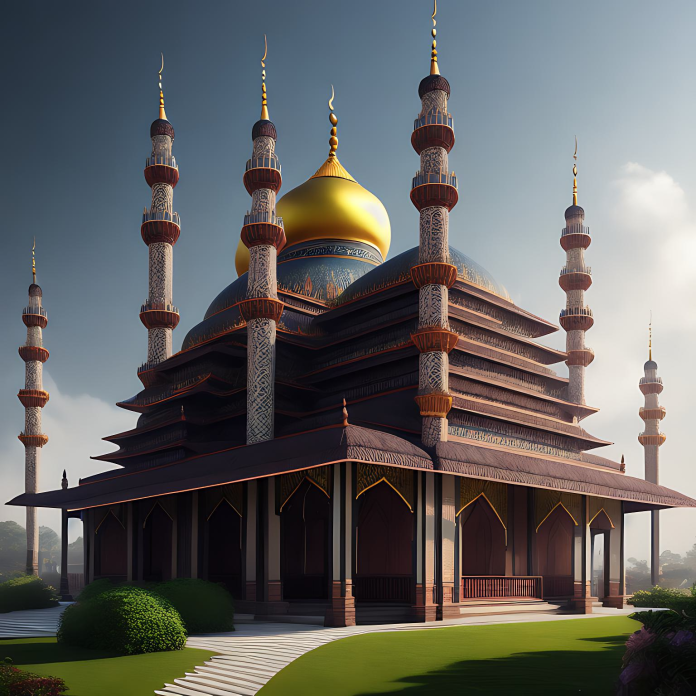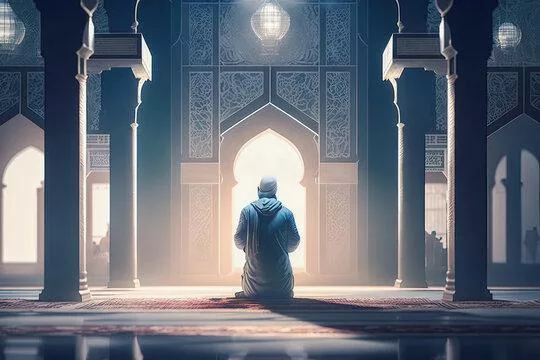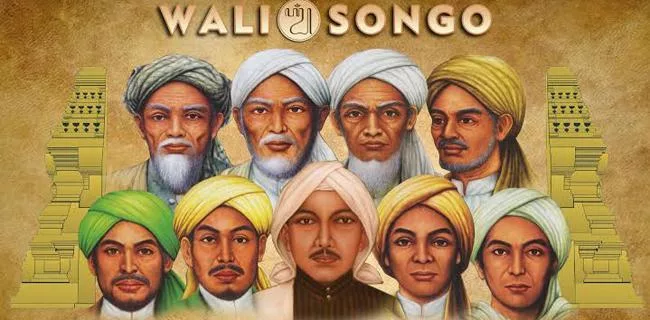Known as the biggest Muslim population country, Indonesia has 237.56 million Muslims, which is almost 87% of the total country population (RISSC). Establishing salah (prayer) is the most important daily routine for Muslims, as it is one of the five pillars of Islam. In Islamic tradition, praying in congregation has a higher value than doing it alone, so Muslims will always walk to the mosque every time the azan calls. There are 728.420 mosques in Indonesia, which can be found on almost every street (2021, Ministry of Religious Affairs Indonesia).
Existing Culture Influence the Architecture of the Mosque
Since a long time ago, societies have expressed themselves through the arts that produce some aesthetics, such as architecture. Each region in each era has its own characteristics in terms of concept, element, and material in the architecture they have created.
Geoffrey Broadbent explains in his book, Design in Architecture, that architecture needs to become a container function by accommodating an activity and being able to represent the activity itself, as well as a behavior modifier, which means that architecture can influence and shape people’s behavior. It’s closely related to the beautiful image of the mosque and its functional aspects as a place for doing salah, which can affect the mood of its users afterwards.
Figure 1: A muslim praying with full of hope by the lights
In every country, mosque has its own characteristics depends on the location and cultural heritage. It can be shown on the spatial design plan, façade, and pattern.
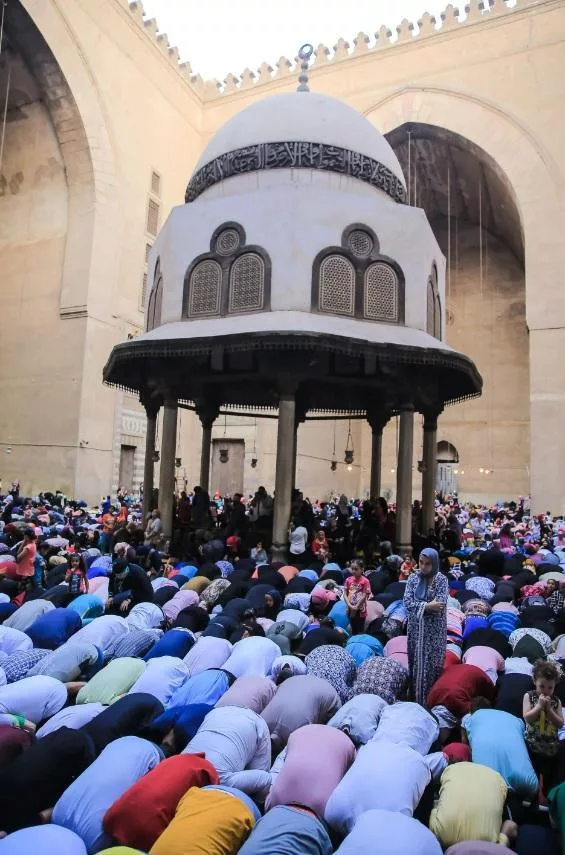
Figure 2: Eid ul-Fitr in Mosque Sultan Hassan, Cairo (Middle East Monitor)
For example, at the Madrassah Mosque of Sultan Hassan in Cairo, Egypt, there is a central open courtyard with a water fountain that is used for doing wudhu, an ablution before salah. This area is also a place for doing salah just if at a certain moment an additional space is needed. In another aspect, this open inner courtyard can become to be an access for air circulation, as a response to the climate and weather.
Figure 3: Inner Courtyard Circulation Diagram (ResearchGate)
Ayasofya Mosque in Istanbul, Turkiye, it was a church that later switched to be a mosque. Several interior renovations are done by adding a touch of calligraphy. Minor renovation but impactful, could change the visitor’s perception that the building is now a mosque, no longer a church.

Figure 4: Ayasofya with both Old and New Ornaments (Stanford News)
Pattern can also be a vocal point of the façade, and characterize its region. In Mosque Madrasa of Sultan Barquq, Cairo, mamluk pattern covering the facade because it was built under the Mamluk Sultanate that ruled Egypt. The characteristics of mamluk pattern are lines that form a geometrical shapes, with more of an earthy tone color.
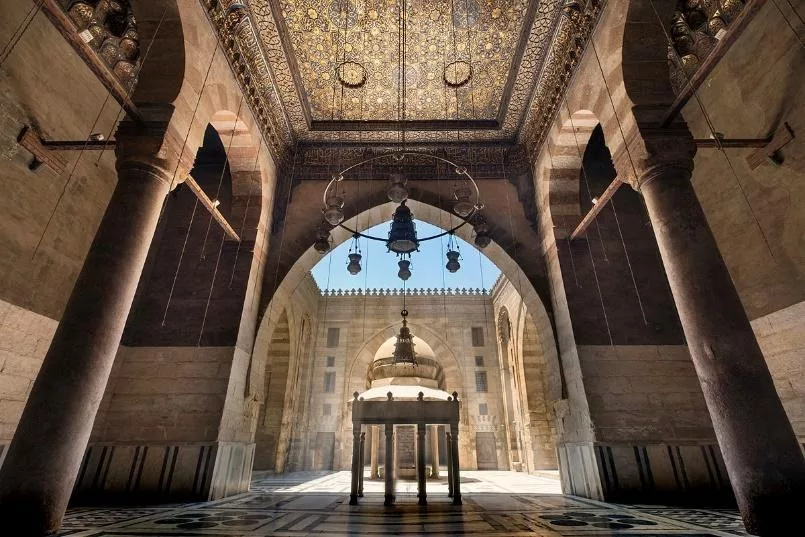
Figure 5: Mamluk Pattern Allover Masjid Sultan Barquq
It differs compared to the mosques in Iran. In Shah Mosque, Isfahan, ceramics with blue ornament details on its façade, as well as at the Nasir Al-Mulk Mosque in Shiraz, very colorful stained-glass material on windows and doors. Colorful mosque identity above explained that expression of its local craftsmen and architect can lead to become a symbol of Persian Architecture.

Figure 6: Shah Mosque, Isfahan (Tehran Times)

Figure 7: Nasir Al-Mulk Mosque, Shiraz
In terms of mass composition, a fingerprint of mosques that were built during the spread of Islam around the Middle East have mass building with dome and minaret. Architects nowadays is still using this composition in terms designing mosque.
Indonesia’s Diversity in Heritage
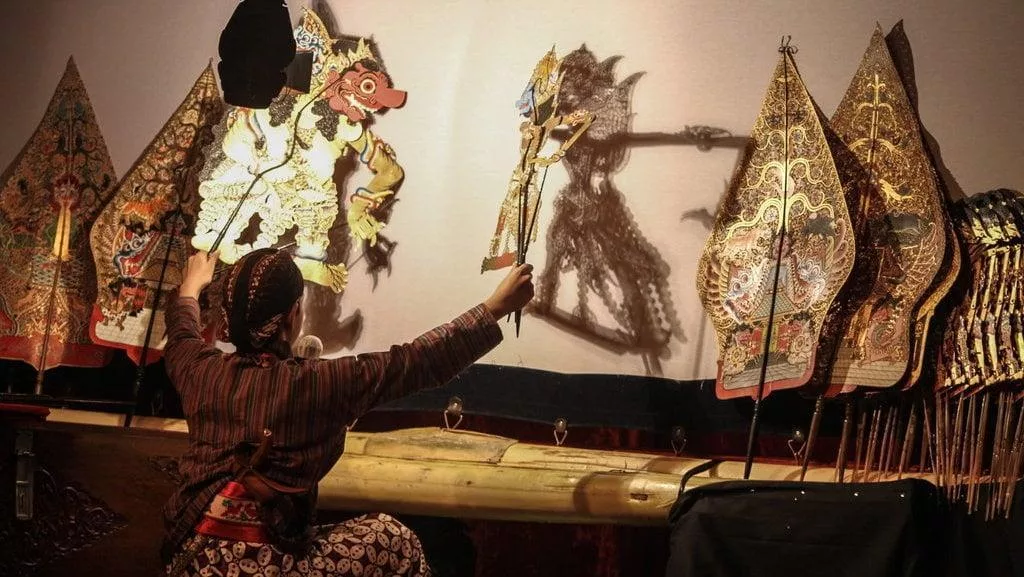
Figure 8: Wayang, the Authenticity of Java Heritage
Hindu and Buddhist kingdoms triumphed in Indonesia since the 4th Century. They bequeathed temple sites, typical pattern, relief, and facade that it is the root of Indonesian architectural characteristics. Walisongo, in the 15th century spread Islam to Indonesia through a cultural approach, they did dakwah (preaching) using wayang. Wayang is the art of storytelling using a leather puppet with backlight screen. At that time, wayang was very popular entertainment for the local community. Through this wayang, Walisongo doing dakwah by incorporating Islamic teachings in it, and this has been proven in winning people’s heart, so that Islam became the majority religion in Indonesia.
Apart from the royal heritage, people’s activities also influence the diversity of Indonesian architecture. In Padang, West Sumatra has a tradition of buffalo fighting, this tradition inspires them to form an architectural product, can be seen on the shape of the roof which is tapered just like a buffalo horn.

Figure 10: Rumah Gadang, West Sumatra House with Tapered Roof Tip
Read Part 2: Indonesian Mosque II
